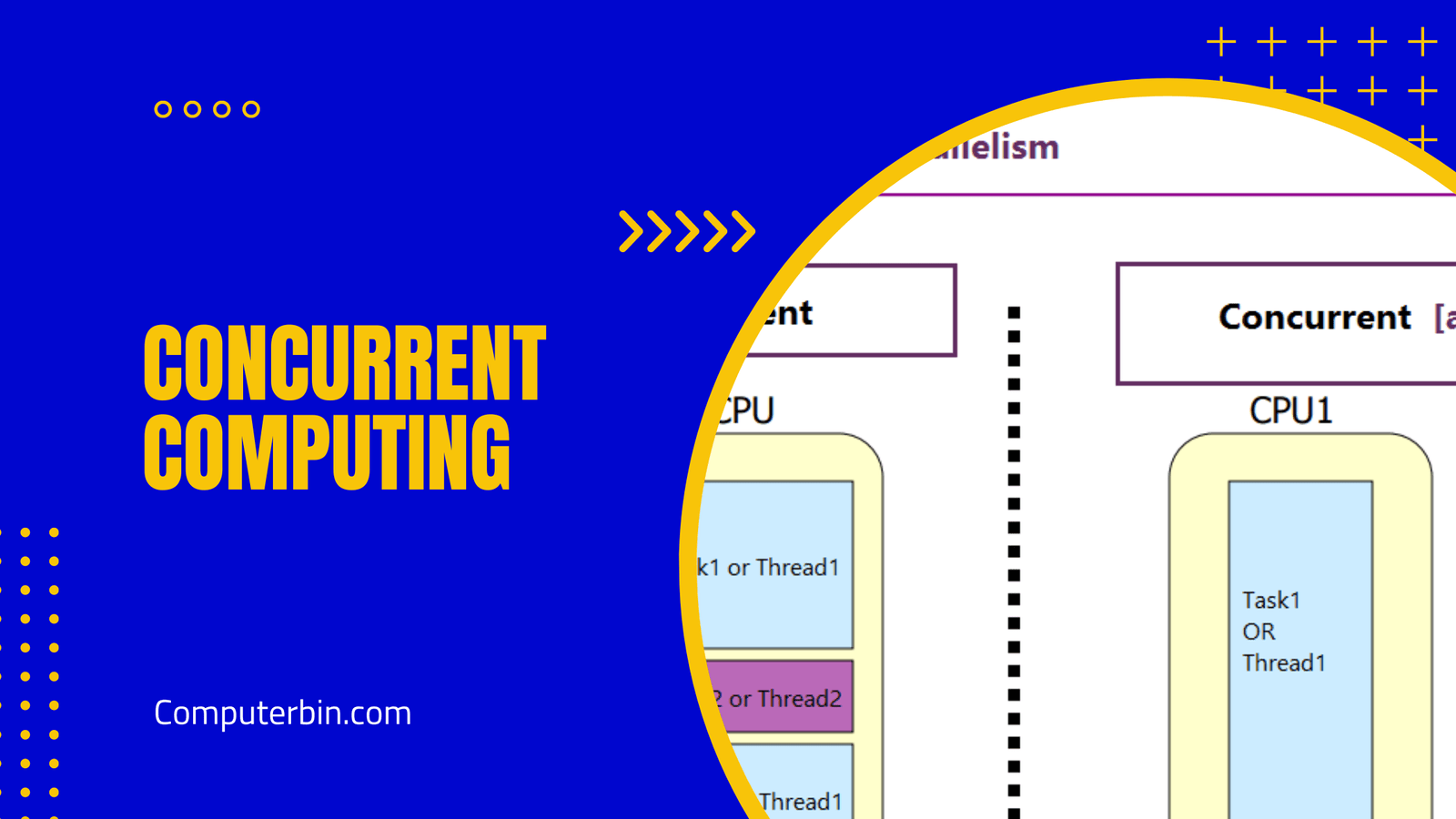In 1989, Intel released the 80486, also known as the i486 or 486, microprocessor. This fourth generation of the x86 architecture featured more features and improved performance over its predecessor – the 80386.
One of the major innovations of the 80486 was its on-chip cache, a compact memory that stored frequently used data and instructions. This revolutionized processor performance by enabling faster data access.
The 80486 introduced pipelining, which improved speed by enabling simultaneous arithmetic and logical operations. Furthermore, compared to earlier x86 processors, its larger instruction set enabled it to handle more challenging tasks.
The 80486 was a revolutionary 32-bit processor, offering significant improvements over 16-bit counterparts of its time since it could process data in 32-bit chunks. Available in single and dual core varieties, its clock speed could reach up to 50 MHz.
In the 1990s, the 80486 processor was a widely-used chip for servers and personal computers. However, in 1993 it was replaced by the Pentium processor; though it no longer meets modern standards, its legacy remains as an important milestone in the evolution of x86 processors.





